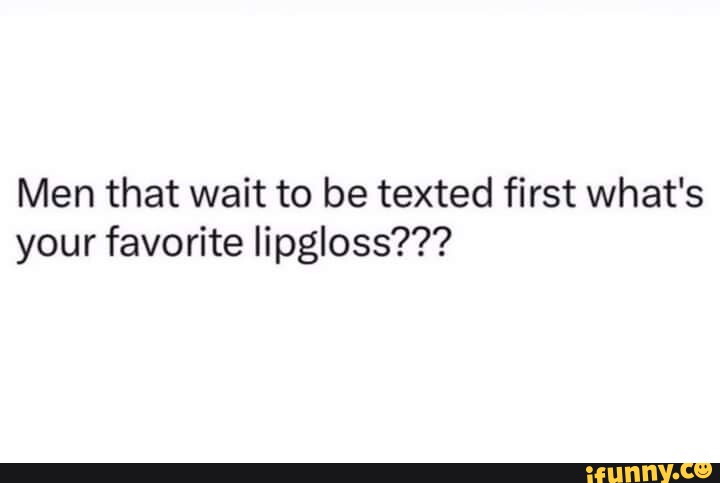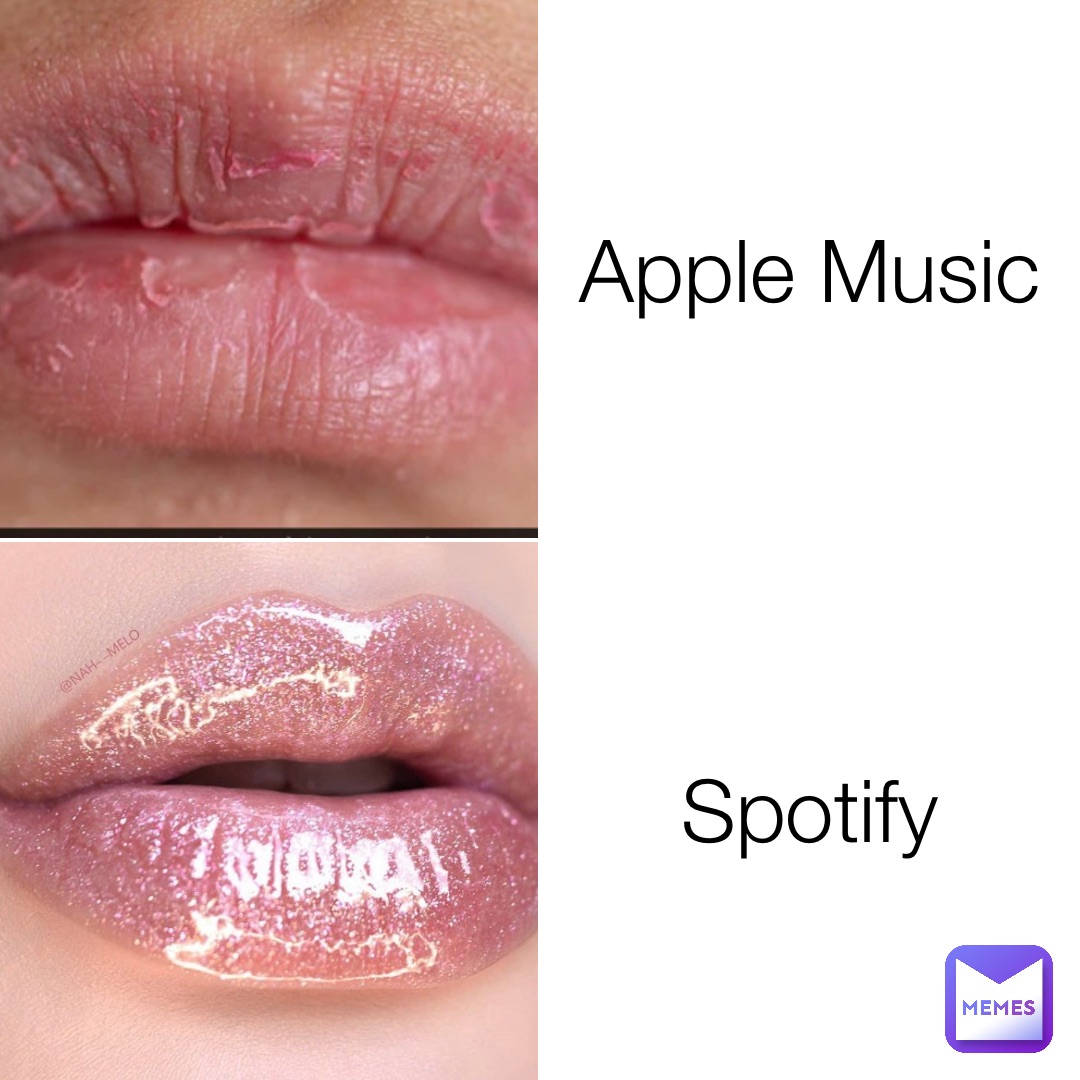But over the past year, gloss has skyrocketed to its greatest heights yet. There are 209 million TikToks about lipgloss, with some creators posting regularly about it — their favourite formulas, brands and GRWM videos that focus solely on how to get the shiny look.
Youth have always had a knack for redefining the rules and creating new standards for self-expression. For Gen Z, a generation born between 1997 and 2012, the obsession with lip gloss has grown beyond just a beauty product to something symbolic. It has evolved into a “fix-all” solution for everything from low-key glam to a metaphor for resilience during hard times. Through a blend of humor, social media trends, and personal expression, Gen Z has cultivated a unique relationship with lip gloss that speaks volumes about their culture, their values, and even their approach to handling economic challenges.
View this post on Instagram
The Rise of Lip Gloss Among Gen Z
For years, lipstick held the crown in the beauty industry. It was the tool for bold self-expression, signifying confidence, power, and a certain level of sophistication. However, as trends shifted, lip gloss, which had previously been considered a retro beauty staple from the late ’90s and early 2000s, made a dramatic return. Gen Z has given lip gloss a fresh twist, making it the go-to beauty product. For Gen Z, the glossy finish represents both an aesthetic choice and a playful, carefree attitude, and it fits perfectly with their affinity for nostalgia.
What’s interesting is that lip gloss has not only become a must-have beauty item but also a joke within Gen Z’s online culture. Social media platforms like TikTok and Instagram have amplified this trend, turning lip gloss into a kind of meme. Gen Z humor often includes exaggerated, over-the-top claims. These phrases are often shared in videos or memes, poking fun at the way a simple beauty product has achieved iconic status in their world.
The joke plays into the idea that no matter how difficult or chaotic life may get, applying lip gloss is a quick, easy, and glamorous solution that makes everything feel better—even if it’s just for a moment. Gen Z’s lip gloss obsession has become so widespread that it’s common to see influencers, celebrities, and everyday users posting about the healing powers of a slick of gloss across their lips. It’s almost as if the act of putting on lip gloss can act as a temporary shield from the world’s worries.



The Lip Gloss Joke: “A Fix-All for Everything”
The notion of lip gloss as a “fix-all” comes through loud and clear in Gen Z’s humor. Across TikTok, you’ll find videos where someone dramatically applies lip gloss to their lips after experiencing a tough day, or in response to receiving bad news. In these moments, the gloss acts as a symbolic armor—something that makes the bad day feel a little more bearable.
For example, one viral trend on TikTok involves creators sharing their “lip gloss moment” after facing a small hardship, such as a stressful workday, a breakup, or a family argument. The camera zooms in on their lips as they apply a shimmering gloss, and the accompanying text might read something like, “Just got rejected, but at least my lips are poppin’.” This reflects a kind of self-soothing ritual, where lip gloss becomes a visual cue for turning negativity into positivity, even if only momentarily.
On a deeper level, this also taps into the larger Gen Z cultural theme of finding joy in small things. When faced with overwhelming societal problems, such as economic instability, climate change, or mental health struggles, Gen Z often leans into humor and relatable content. Lip gloss, in this case, represents both a literal and metaphorical balm, offering comfort in the form of something inexpensive, tangible, and accessible.
View this post on Instagram
Lipstick Theory and the Symbolism of Lip Gloss
To understand why lip gloss has gained such significance for Gen Z, it helps to explore the idea of “lipstick theory.” The theory, which gained attention during times of economic recession, suggests that when people are facing tough financial situations, they often indulge in small luxuries—like lipstick or lip gloss—that provide a sense of glamour or control without breaking the bank. The theory posits that during periods of economic uncertainty, lipstick sales (or, in this case, lip gloss) tend to rise because people need something to elevate their mood while navigating challenges.
The connection between lip gloss and lipstick theory is evident in Gen Z’s embrace of gloss as a beauty essential. Despite economic hardships, such as inflation, the increasing cost of living, or the challenges posed by the global pandemic, many Gen Z individuals are still willing to splurge on a high-quality lip gloss. The reason? It’s an affordable luxury that gives them the opportunity to feel good without overspending.
The lipstick theory has long been associated with recessions, and its relevance has only grown in recent years as economic uncertainty continues. With Gen Z coming of age in an era marked by financial instability, they’ve embraced the concept of little splurges to help them maintain a sense of normalcy and personal care. For Gen Z, a tube of lip gloss isn’t just a cosmetic choice—it’s a way to assert some control and indulge in self-care when life feels uncertain.
View this post on Instagram
The Psychology Behind Lip Gloss
The psychology behind lip gloss’s significance to Gen Z lies in its ability to serve as an instant confidence booster. The glossy finish provides a shiny, youthful appearance that emphasizes freshness and vitality. It’s a stark contrast to the often matte, more serious looks associated with lipstick. Gen Z’s preference for lip gloss aligns with their broader desire for a more playful, laid-back aesthetic. The glossy shine exudes lightness and playfulness, signaling a sense of fun, while also offering a touch of femininity and empowerment.
Moreover, lip gloss often symbolizes approachability. Unlike the bold, attention-grabbing nature of a matte lipstick, gloss feels more fluid and flexible. This ties into the social dynamics of Gen Z, who prioritize authenticity and relatability. Lip gloss, with its transparent or subtle tinted formulas, speaks to Gen Z’s desire for beauty that feels natural and effortless, rather than overly curated or unattainable. This aligns with their broader values of inclusivity, individuality, and embracing imperfections.
Another key element of lip gloss’s appeal to Gen Z is its connection to self-expression. Lip gloss isn’t just a beauty product; it’s a tool for personal identity. Gen Z loves the ability to express their emotions and creativity through makeup. Lip gloss, in this context, serves as a medium for exploring different looks, whether that’s wearing a clear gloss for a minimalist vibe or choosing a colorful gloss that aligns with a bold outfit or statement. It’s an accessory that allows for experimentation and flexibility.
Additionally, lip gloss’s popularity is closely linked to social media aesthetics. The high-shine finish looks great on camera, making it a popular choice for selfies and content creation. On platforms like TikTok and Instagram, where visual appeal is paramount, the glass-like texture of lip gloss is visually striking, which explains its prominence in influencer culture. Gen Z’s affinity for lip gloss is, in part, shaped by the visual-centric nature of social media, where they seek products that not only work well but also look good on screen.
View this post on Instagram
The Takeaway
For Gen Z, lip gloss is much more than a beauty product—it’s a cultural symbol, a tool for self-expression, and a psychological balm during uncertain times. Through humor and online trends, they’ve turned lip gloss into a “fix-all” solution for the ups and downs of daily life. Whether through memes or self-care routines, the glossy sheen represents resilience, confidence, and the power of small indulgences during tough times. In the context of the lipstick theory, lip gloss becomes an affordable luxury that helps them navigate economic challenges while still maintaining a sense of glamour and self-worth.
Ultimately, the relationship between Gen Z and lip gloss reflects their broader approach to life: finding joy in small things, embracing authenticity, and using creativity as a form of self-care. In the world of beauty, lip gloss stands as a simple, yet potent, tool that encapsulates the spirit of a generation—playful, resilient, and ever-glossy.
Additional Reading
- Everyone’s Splurging on Lip Balms—Is It the Lipstick Effect? Naydeline Mejia, Very Well Mind
- How lip gloss became the answer to Gen Z’s problems, Kyndall Cunningham, Vox
- How Lip Gloss Became a Status Symbol, Maria Santa Poggi, Harper’s Bazaar
- How Lipstick and Underwear Can Predict the Economy, Jaclyn Pieser, Washington Post
- Is Lipstick Out With Gen Z? Claire Brodish Her Campus
- Lipgloss Is So Back, Emily MacCulloch, Fashion Magazine
- Gen Z is officially old enough to feel old. Feel old yet?, Rebecca Jennings, Vox
- Psychology of Spending: The Lipstick Effect Decoded Mailchimp

More Lip Gloss Memes
View this post on Instagram
View this post on Instagram
View this post on Instagram
View this post on Instagram
View this post on Instagram
View this post on Instagram
View this post on Instagram
View this post on Instagram
View this post on Instagram
View this post on Instagram
Understand Shopping Trends
We’re dropping our next newsletter in July 2025. Sign up for exclusive freebies, giveaways, and industry insights.


